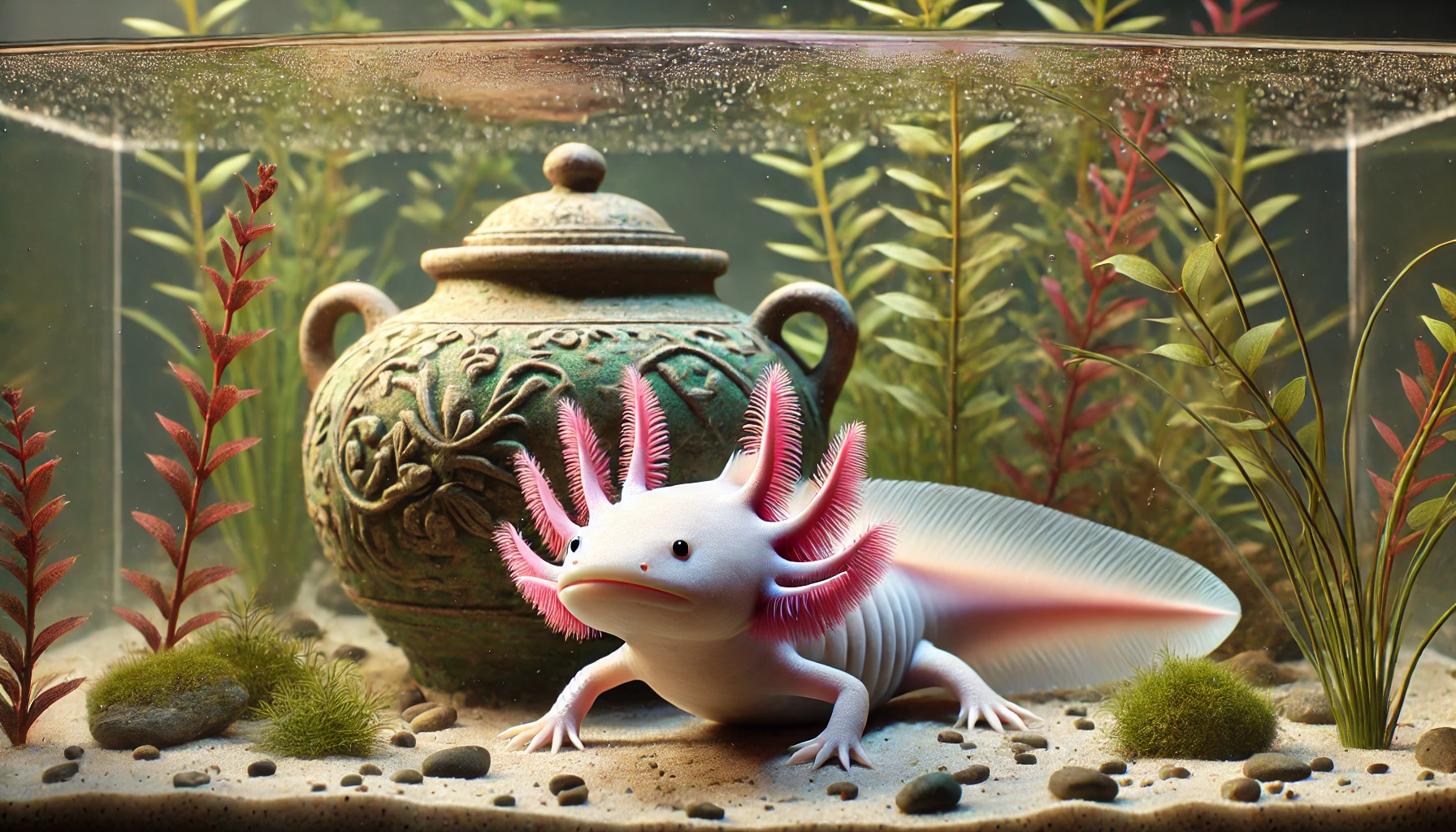Check out this answer from Consensus:
The axolotl is a unique amphibian that serves as a critical model organism in scientific research due to its extraordinary regenerative abilities and large genome. However, its survival in the wild is threatened, necessitating concerted conservation efforts. Understanding the axolotl’s biology and genetics not only enriches our knowledge of amphibian life but also holds promise for advancements in regenerative medicine.
By studying the axolotl, scientists continue to uncover the mysteries of regeneration, development, and evolution, making this remarkable creature an enduring subject of fascination and importance in the scientific community.
The axolotl (Ambystoma mexicanum) is a unique and fascinating amphibian native to Mexico. Known for its remarkable regenerative abilities and its status as a model organism in scientific research, the axolotl has garnered significant attention from biologists and conservationists alike. This article delves into the biological characteristics, genetic makeup, and conservation status of the axolotl, highlighting its importance in both natural ecosystems and laboratory settings.
Biological Characteristics
The axolotl is a type of salamander that exhibits neoteny, meaning it retains its larval features throughout its adult life. Unlike other salamanders that undergo metamorphosis, the axolotl remains aquatic and gilled, a trait that has intrigued scientists for decades5. This paedomorphic development allows the axolotl to live a completely aquatic life cycle, which is a significant deviation from its close relatives, such as the tiger salamander, which undergoes a thyroid hormone-regulated metamorphosis5.
Genetic Makeup
The axolotl possesses an extraordinarily large genome, approximately 32 gigabase pairs, which is about ten times the size of the human genome1 2 3. Recent advancements in genomic sequencing have allowed researchers to assemble the axolotl genome into 14 chromosomes, covering 94% of annotated gene models1. This comprehensive genome assembly has facilitated studies on gene regulation, evolutionary biology, and the mechanisms underlying the axolotl’s regenerative capabilities2 3.
Regenerative Abilities
One of the most remarkable features of the axolotl is its ability to regenerate entire limbs, spinal cords, and even parts of its heart and brain. This regenerative capacity makes the axolotl an invaluable model for studying tissue regeneration and repair6 9. Researchers have identified specific genes and molecular pathways that are activated during the regeneration process, providing insights that could potentially be applied to regenerative medicine in humans9.
Conservation Status
Despite its prominence in scientific research, the axolotl is critically endangered in its natural habitat. Native populations in the Xochimilco region of Mexico City have declined drastically due to habitat loss, pollution, and urbanization4 8. Conservation efforts are urgently needed to protect the remaining wild populations and to restore their natural habitats. The axolotl’s decline in the wild underscores the importance of global conservation initiatives to preserve this irreplaceable species4 8.
